Title: A Complete Guide to Coding Practice in a Professional Setting
Introduction:
Title: A Complete Guide to Coding Practice in a Professional Setting
Establish a development environment in Section 1

Section 2: Write Clean and Readable Code
Writing clean and readable code is essential in a professional environment. Code readability is vital because your code will be reviewed and modified by other developers in the future. To improve code readability, you can follow these best practices:
- Use descriptive variable and function names
- Write comments to explain complex code
- Use proper indentation and whitespace
 |
| Image 2: Write clean and readable code (insert image of code with proper indentation) |
Section 3: Use Version Control Systems
Version control systems, such as Git, are essential in a professional environment. Version control systems allow you to track changes in your code, collaborate with other developers, and revert to previous versions of your code. It is crucial to understand the basics of Git, such as creating branches, merging changes, and resolving conflicts.
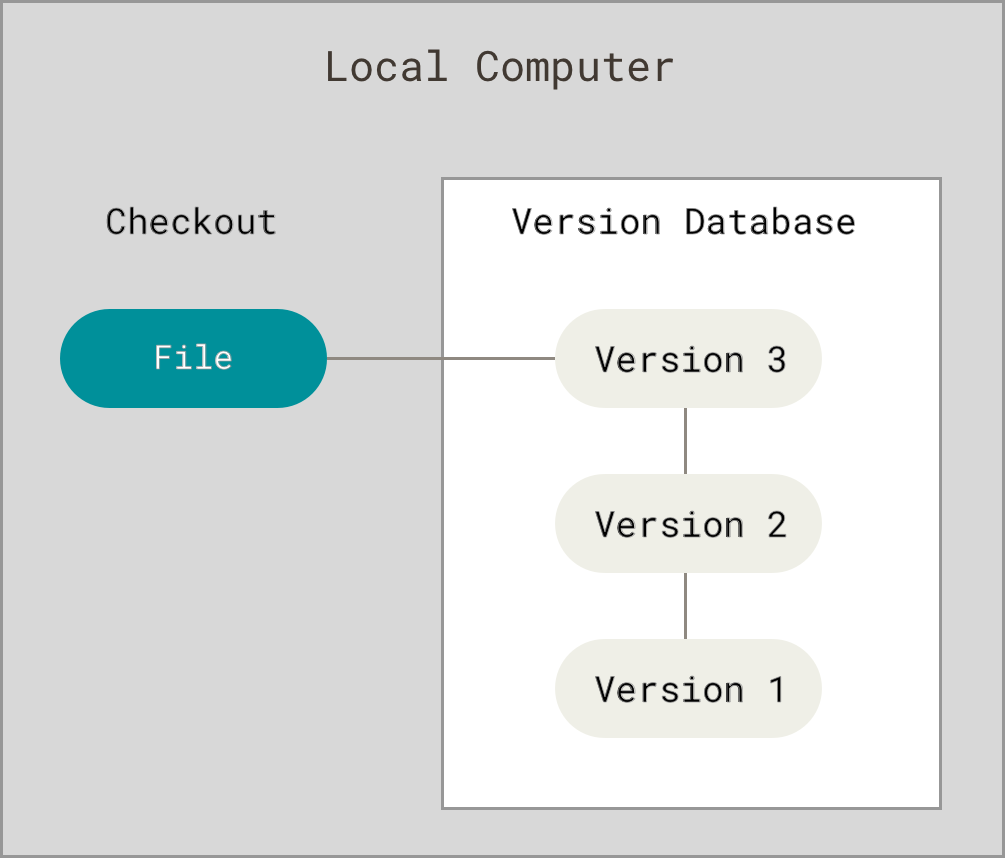 |
| Image 3: Use Version Control Systems (insert image of a Git commit history) |
Section 4: Write Unit Tests
Writing unit tests is an essential practice in a professional environment. Unit tests ensure that your code is working correctly and help you catch bugs early in the development cycle. To write unit tests, you can use testing frameworks such as Jest, Mocha, or Jasmine.
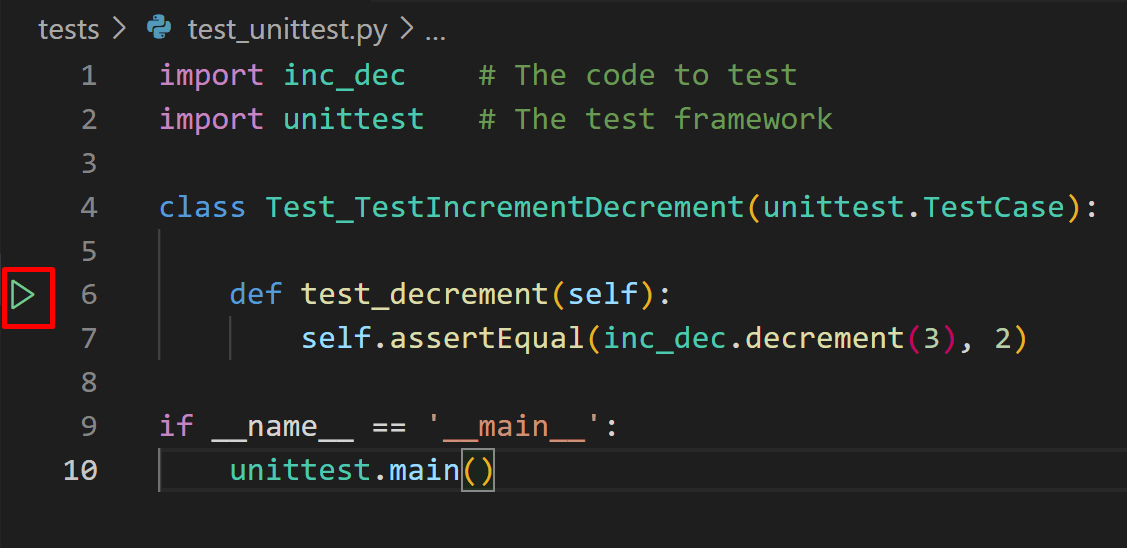
Section 5: Collaborate with Other Developers
Collaboration with other developers is an essential aspect of practicing coding in a professional environment. Collaboration allows you to learn from other developers and improve your coding skills. To collaborate effectively, you can use tools such as code review platforms like GitHub, Bitbucket, or GitLab. Code review platforms allow you to review code changes, suggest improvements, and merge changes.
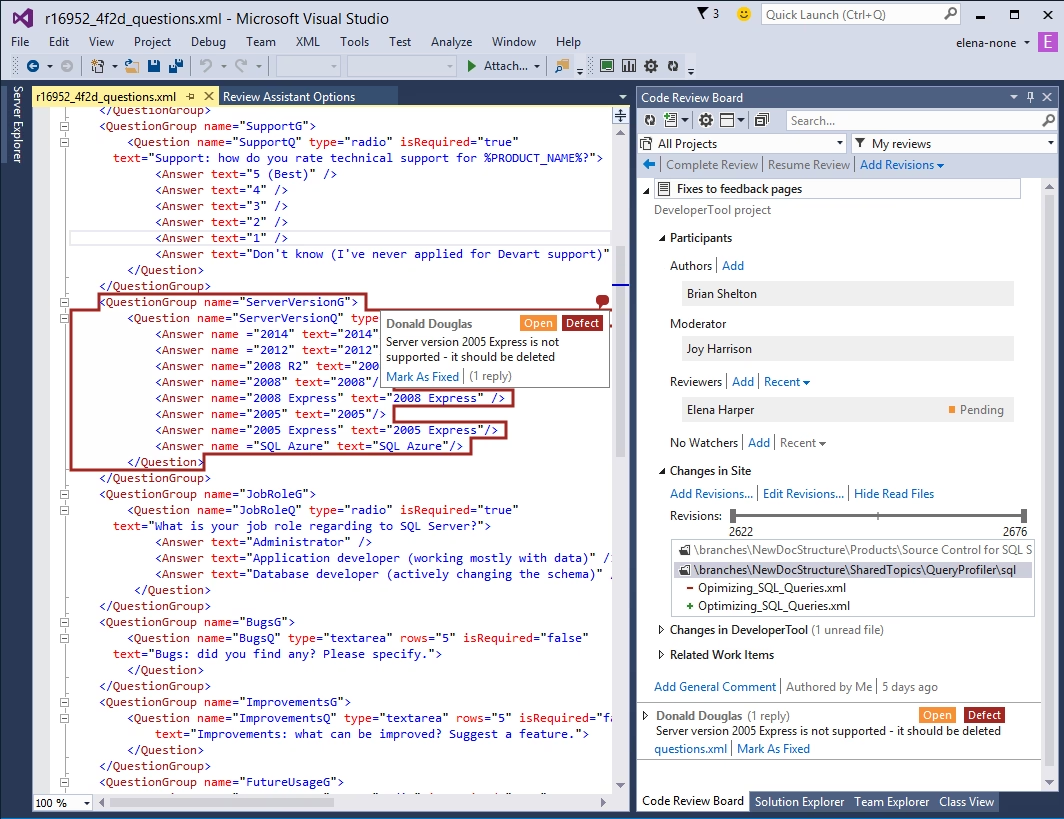
Conclusion:
Practicing coding in a professional environment requires following industry-standard coding practices. Setting up a development environment, writing clean and readable code, using version control systems, writing unit tests, and collaborating with other developers are essential practices that help improve coding skills. By following these practices, you can become a better developer and work effectively in a professional environment.


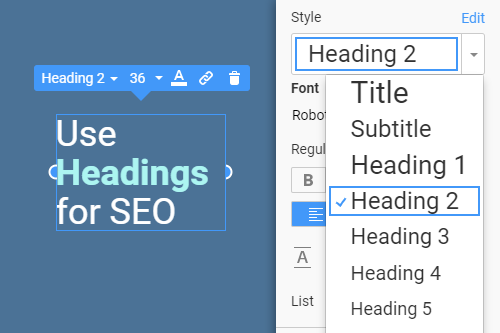

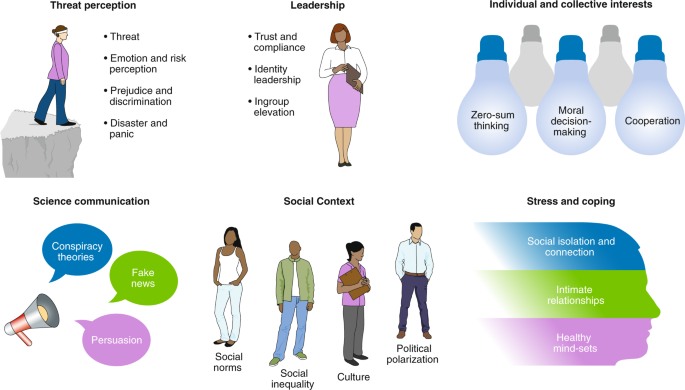
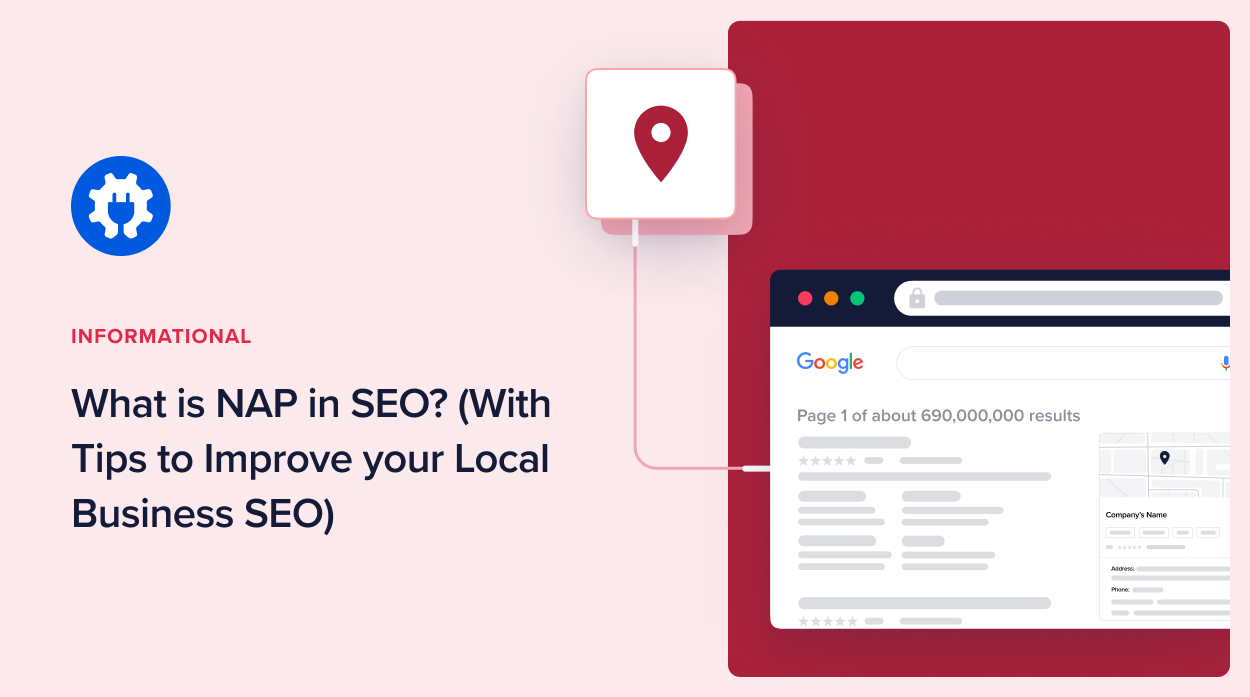



.jpeg)
.jpeg)
.jpeg)


.jpeg)